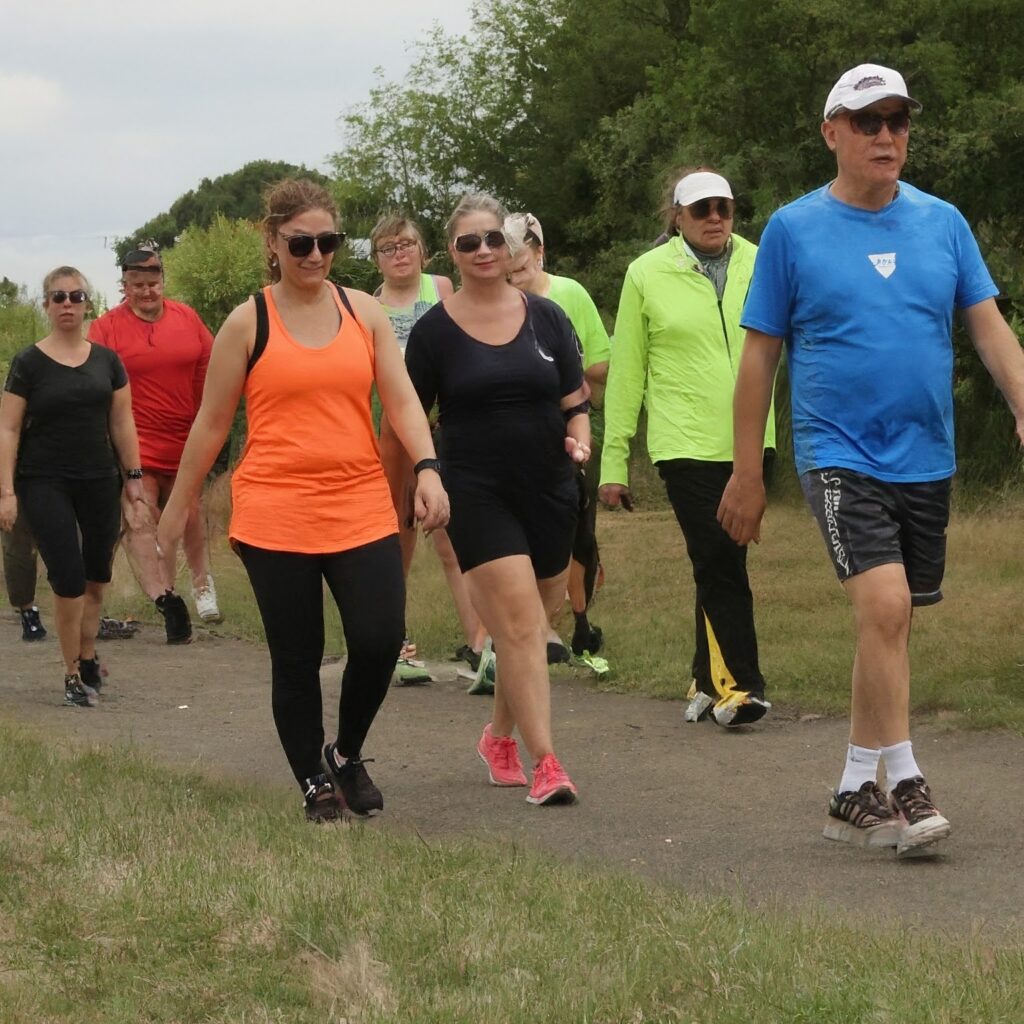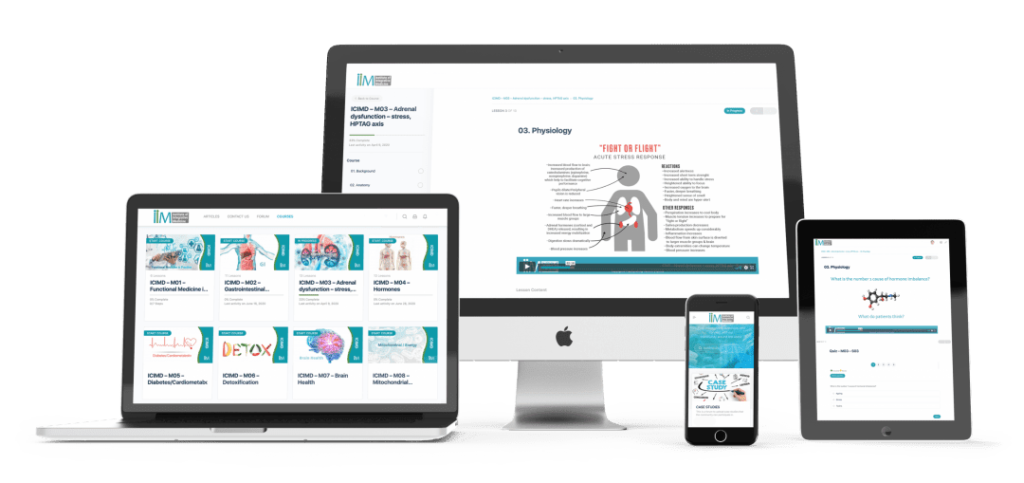Walking Away from Pain – Preventing Low Back Pain Recurrence
The WalkBack study presents a groundbreaking approach to preventing low back pain recurrence. By emphasising the simplicity of walking combined with targeted education, this intervention offers a practical and accessible solution for both patients and healthcare providers. Its potential to significantly reduce the burden of low back pain makes it a valuable tool for improving patient outcomes and quality of life.
Lower back pain is a widespread issue that affects millions worldwide, with a significant portion of patients experiencing recurrent episodes. Medical professionals constantly seek effective, evidence based interventions to alleviate and prevent pain. The WalkBack study, a recent landmark trial conducted in Australia, provides compelling evidence for an accessible and scalable solution: an individualised, progressive walking and education program.
The Burden of Low Back Pain
Low back pain is not just a common ailment; it is a leading cause of disability and work absenteeism globally. Pain can stem from various medical causes, including:
- Musculoskeletal issues such as muscle or ligament strain, spinal stenosis, and ruptured or herniated disc symptoms.

- Degenerative conditions like osteoarthritis and spondylosis also contribute, as do underlying conditions such as kidney stones, infections, or inflammatory diseases like ankylosing spondylitis.
On the other hand, nonspecific low back pain, the most common type, is not attributable to a recognisable, known specific pathology such as:
- Infection, tumour, osteoporosis, fracture, structural deformity, or inflammatory disorders
- It typically results from a combination of mechanical factors, lifestyle habits, and psychological stressors.
Traditional treatment options often focus on managing acute episodes, but preventing recurrence remains a significant challenge. Patients frequently find themselves caught in a cycle of pain, recovery, and relapse, which not only impacts their quality of life but also strains healthcare resources.
The WalkBack Study
The WalkBack study, conducted by a team of researchers from Macquarie University and other institutions, set out to explore whether a structured walking and education program could break this cycle. The randomised controlled trial enrolled 701 adults who had recently recovered from an episode of non-specific low back pain. Participants were randomly assigned to either an intervention group, receiving six sessions with a physiotherapist over six months, or a no-treatment control group.
Key Findings
Significant Reduction in Pain Recurrence
The results were striking. The intervention group experienced a significant reduction in the recurrence of low back pain, meaning that participants in the walking and education program were 28% less likely to experience a recurrence of low back pain compared to those in the control group. Moreover, the median days to recurrence were 208 in the intervention group, compared to just 112 in the control group.

Cost-Effectiveness
In today’s healthcare environment, cost-effectiveness is paramount. The WalkBack study demonstrated that the intervention was not only effective but also cost-effective, making the program a financially viable option for both healthcare providers and patients.
Education
The educational component of the intervention played a crucial role in its success. Participants received guidance on modern pain science, strategies to reduce fear associated with low back pain, and practical tips for preventing recurrence. Empowerment through education not only helps patients manage their current condition but also equips them with the knowledge and confidence to take control of their long-term health.
The Power of Walking
Walking is often overlooked as a therapeutic intervention, but it offers numerous health benefits beyond preventing low back pain recurrence:

- Medically, it is a low-impact exercise that enhances cardiovascular health, boosts muscle strength and flexibility, and promotes healthy joint function
- Increases blood flow to the spine, delivering essential nutrients that aid in pain reduction and healing.
- Stimulates the release of endorphins, which are natural painkillers that improve mood and reduce stress
Making It Work in Practice
Accessible and Scalable
The beauty of the WalkBack intervention lies in its simplicity and scalability. As a low-cost, non-invasive approach, it can be easily integrated into various healthcare settings. Physiotherapists, primary care physicians, and other healthcare providers can incorporate the program into their practice, offering patients a structured path to recovery and prevention.
Individualised Care
The success of the WalkBack intervention underscores the importance of personalised care. Each participant received an individualised walking plan tailored to their capabilities and progress. A personalised approach ensures that patients engage in safe and effective activities, reducing the risk of injury and promoting long-term adherence. The concept of an individualised definition of treatment, has far-reaching implications for managing chronic conditions beyond low back pain.

A Multidisciplinary Approach
The intervention also incorporated health coaching techniques, providing participants with regular support and motivation. Ongoing engagement is crucial for maintaining adherence and achieving long-term outcomes. By fostering a supportive relationship between healthcare providers and patients, health coaching can enhance the effectiveness of various interventions.
This shows that a multidisciplinary approach is essential in managing low back pain effectively, combining the expertise of primary care physicians, physiotherapists, pain specialists, and health coaches. A collaborative effort ensures comprehensive care, addressing the physical, psychological, and social aspects of pain.
Practical Tips for Implementation
- Start with an Assessment: begin with a thorough assessment of the patient’s current physical condition, pain history, and fitness level. Baseline information is essential for designing a personalised walking plan.
- Setting Realistic Goals: work with the patient to set achievable goals. These could range from walking a certain distance or duration to incorporating specific education modules. Setting realistic, incremental goals helps maintain motivation and track progress

- Monitor and Adjust: regularly monitor the patient’s progress and adjust the walking plan as needed. This may involve increasing the intensity or duration of walks or addressing any barriers to adherence. Ongoing support and feedback are crucial for long-term success.
- Educate and Empower: provide patients with education on low back pain management and prevention. Include information on pain science, proper walking techniques, and lifestyle modifications. Empowered patients are more likely to take an active role in their recovery and prevention efforts. For a detailed explanation on preventive treatment options for musculoskeletal disorders, visit the IHP Mastery Program.
- Address Barriers: identify and address potential barriers to adherence, such as physical limitations, lack of motivation, or logistical challenges. By proactively addressing these barriers, healthcare providers can help patients stay on track with their walking program.
Conclusion
The WalkBack study offers a promising new approach to preventing low back pain recurrence. By combining the simplicity and accessibility of walking with the power of education, the intervention provides a practical, cost-effective solution that can be easily integrated into routine clinical practice. As medical professionals, we have the opportunity to lead our patients on a path to better health, one step at a time.
Implementing the WalkBack program in your practice can transform the way you manage low back pain, offering patients a proactive, engaging, and effective strategy to prevent recurrence. By walking the talk, we can help our patients achieve lasting relief and improved quality of life.
How do I Become a Functional Medicine Practitioner to learn more about Lower Back Pain?

The Institute of Integrative Medicine is a global leader in the field of Integrative Medicine Education. Integrative medicine aims to be at the forefront of modern technology and new discoveries and focuses on the root cause of disease. By incorporating the findings of the WalkBack study into practice, medical practitioners can offer patients a holistic, integrative approach to lower back pain management, potentially reducing reliance on more invasive treatments. We offer certified online courses helping you to take charge of your practice and improve the quality of life for your patients. Find out more about the courses we offer today!

